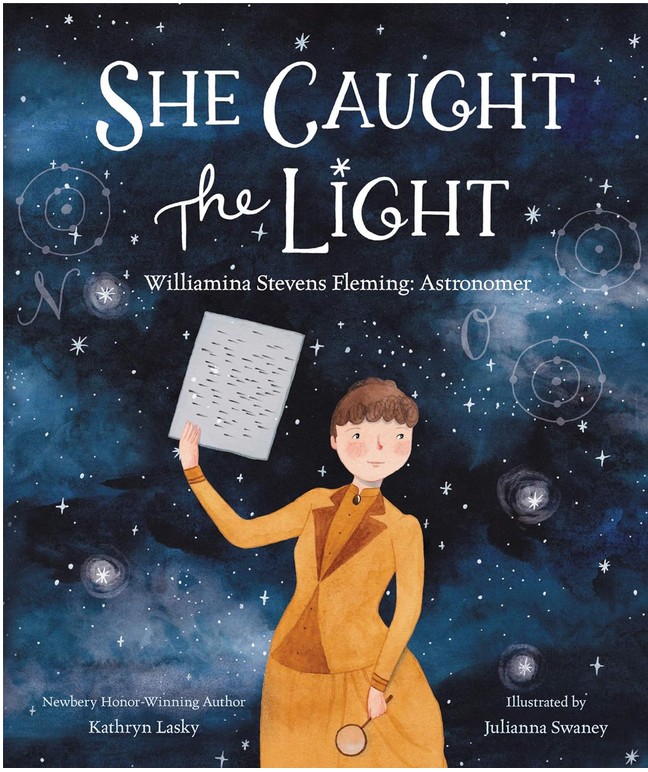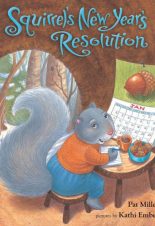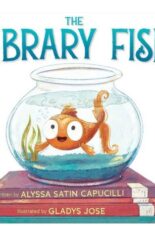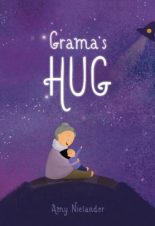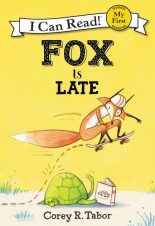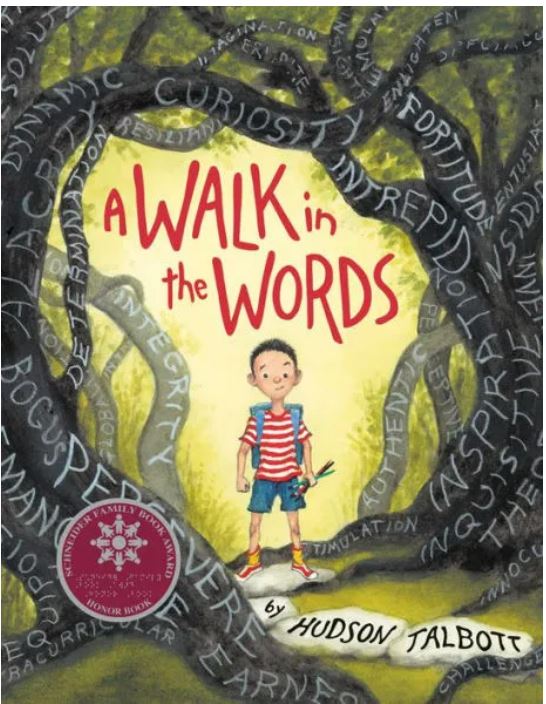
Buy This Book
“Words had always scared me. But once I felt free to read at my own speed, they became my friends,” Hudson. –A Walk in the Woods
A Walk in the Words
by Hudson Talbott
AR Test, Must Read
5 – 8
Score
2.9
32
When Hudson Talbott was a little boy, he loved drawing, and it came naturally to him. But reading? No way! One at a time, words weren’t a problem, but long sentences were a struggle. As his friends moved on to thicker books, he kept his slow reading a secret. But that got harder every year. He felt alone, lost, and afraid in a world of too many words.
Fortunately, his love of stories wouldn’t let him give up. He started giving himself permission to read at his own pace, using the words he knew as stepping-stones to help draw him into a story. And he found he wasn’t so alone—in fact, lots of brilliant people were slow readers, too. Learning to accept the fact that everyone does things in their own unique way and that is okay, freed him up and ultimately helped Hudson thrive and become the fabulous storyteller he is today.
A Walk in the Words is a must read for any child who struggles with understanding words. Hudson shows how learning new words can be a little scary. When he first started reading books with more text, “It was a reign of terror. My drawing pad was my safe place.” The accompanying illustrations show Hudson hiding underneath a notebook while words rain from the sky. Hudson worried that others would realize he couldn’t read as quickly as them, which caused him to feel shame. However, Hudson learns that he’s not the only person who struggles with words. To reinforce this, he includes a list of famous people—William Shakespeare, Albert Einstein, and Babe Ruth—who were all slow readers.
Even though reading was difficult for Hudson, he didn’t give up. Hudson gives advice on how to make reading easier such as, “I took time to look for words that I knew. There they were! Like stepping-stones leading me onward.” Hudson also explains how he used drawing to cope with his difficulties. Throughout the story, Hudson uses his own experiences to encourage others to keep reading—at their own pace.
Besides the message, the book beautifully uses illustrations to help bring the story and words alive. For example, one picture shows Hudson in a dark, foreboding forest; white words are written on the tree trunks and limbs. The words include equipoise, aspiration, and trepidation. In another scene, a group of books greets Hudson and one book says, “We come in peace.” Each page has two to five sentences, but because of the story’s difficult vocabulary, the story will need to be read aloud to a child, rather than the child reading it themselves independently.
A Walk in the Words encourages struggling readers to keep trying. The story shows that many people are slow readers and that if you keep trying, you will become a better reader. Young readers will love the inspiring message as well as the amazing illustrations that have many fun elements. To introduce more ways that words can be fun, check out The Word Collector by Peter H. Reynolds and Stacey’s Extraordinary Words by Stacey Abrams.
Sexual Content
- None
Violence
- None
Drugs and Alcohol
- None
Language
- None
Supernatural
- None
Spiritual Content
- None
“Words had always scared me. But once I felt free to read at my own speed, they became my friends,” Hudson. –A Walk in the Woods
Latest Reviews

Goodbye Days

Medusa

Simone Biles Vs. Nadia Comaneci: Who Would Win?

A Manatee Calf Grows Up
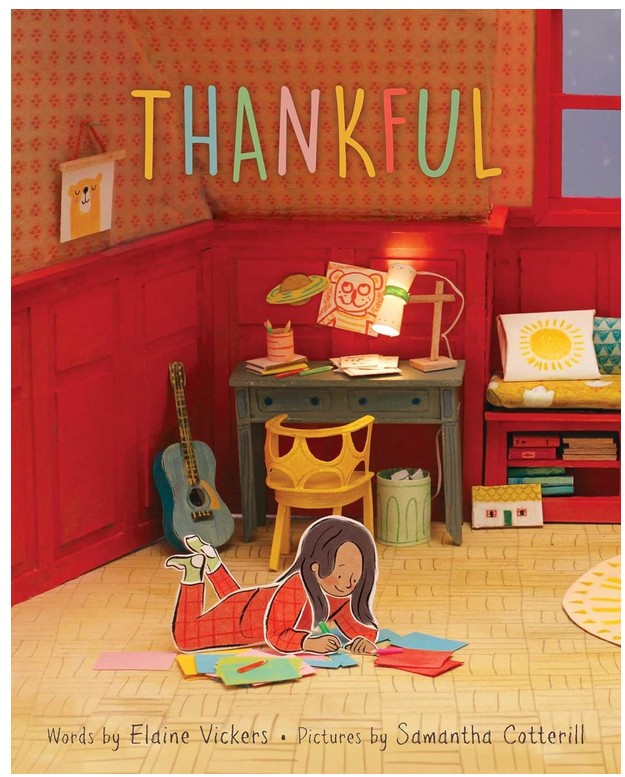
Thankful
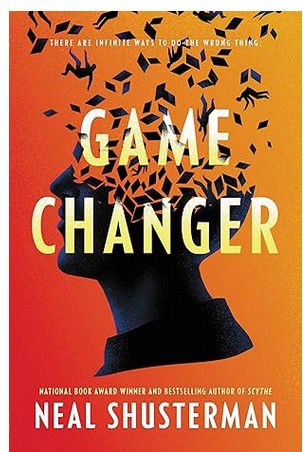
Game Changer

Swimming with Spies

The Only Game
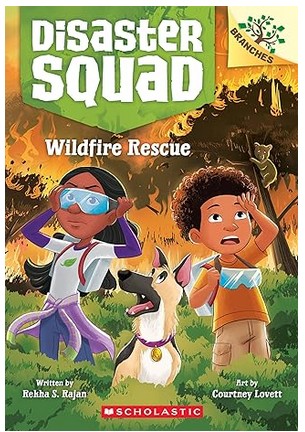
Wildfire Rescue
